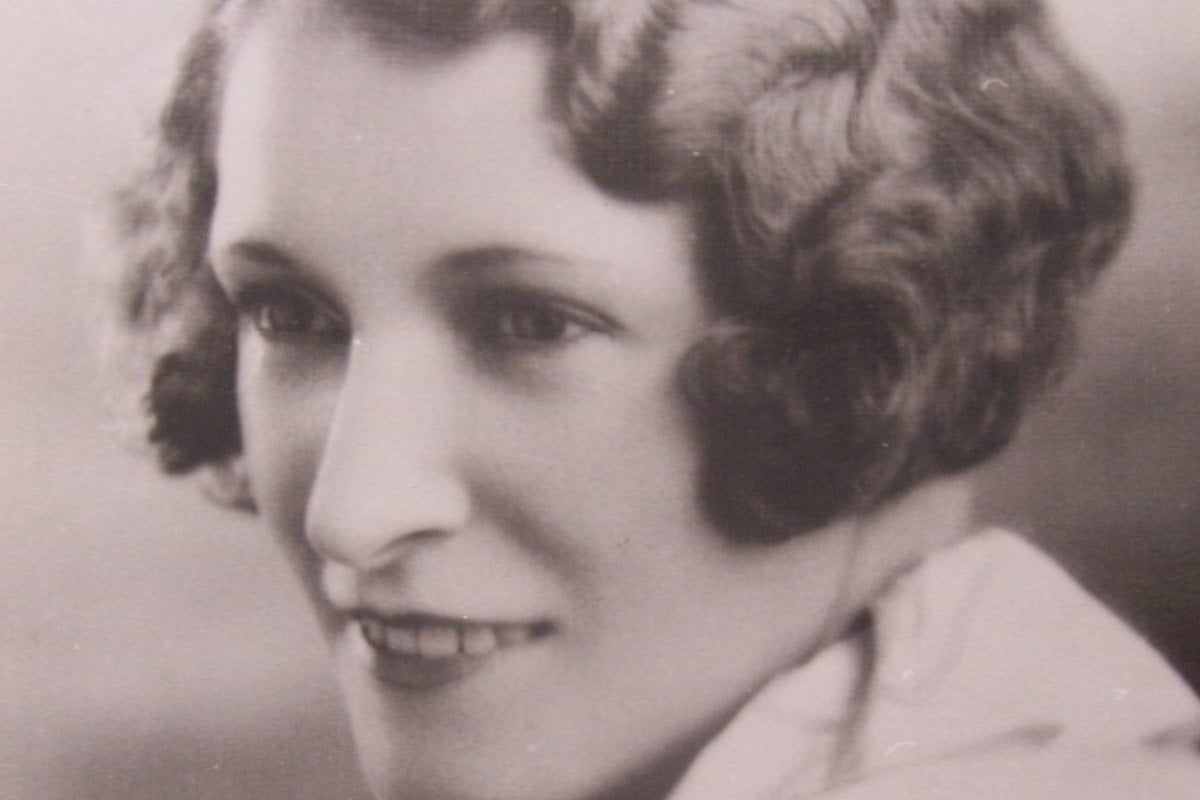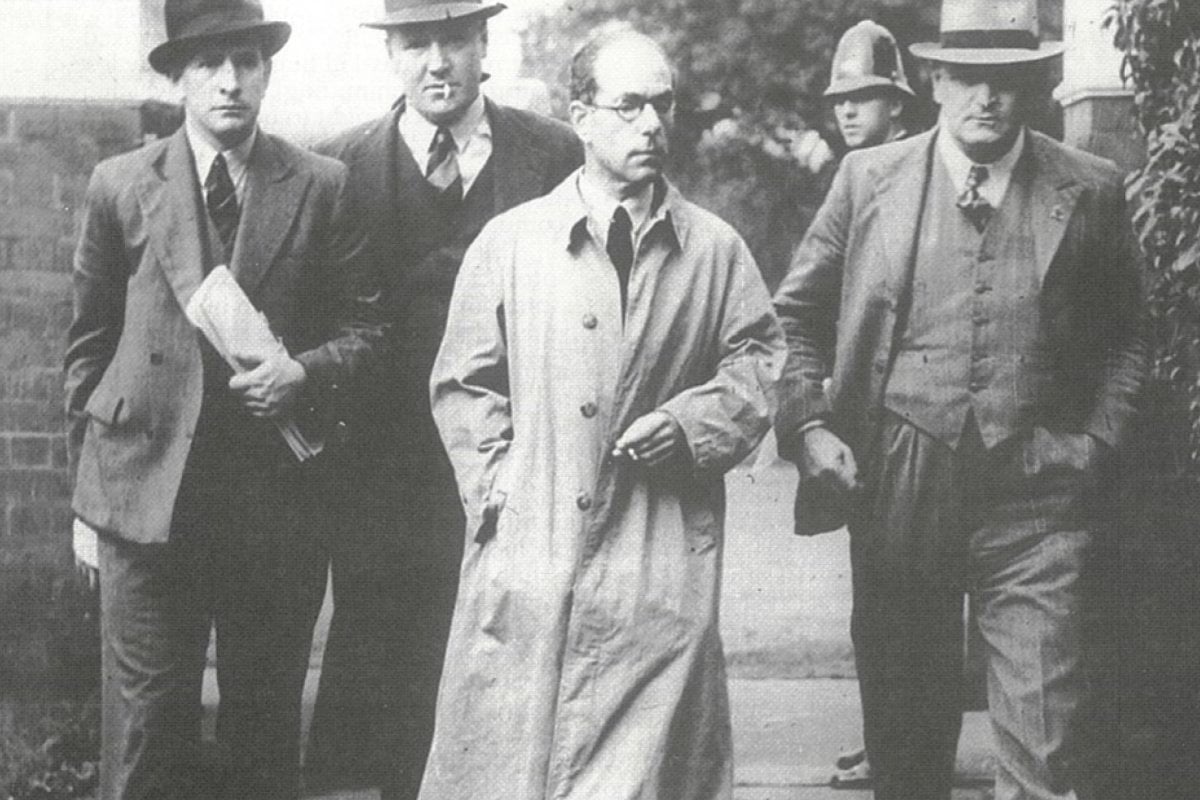
From 1934 to 1942, the body of a woman found dressed in yellow silk pyjamas was kept preserved. Thousands of people looked at her as she lay – firstly, in a bath of ice in Albury and later, in a bath of formaldehyde, at Sydney University. But who was she?
The young woman’s body was found on September 1, 1934 by a farmer, Tom Griffith, who was walking his bull near Albury in NSW. The body, with a bullet in the neck, had been pushed into a large pipe running under the road. Newspapers of the day went into breathless detail.
"With the forehead cruelly battered, and the legs and lower part of the abdomen charred to a black mass..." one front-page story began.
The young woman was wearing yellow silk pyjamas with a Chinese dragon on them, considered exotic in Depression-era Australia, so the media quickly labelled her the Pyjama Girl.
The case, described as "one of the most baffling murders that has ever confronted the police of this State", was constantly in the newspapers. Police followed all sorts of leads, even tracking down every woman under 40 who hadn’t voted in the Federal election the weekend after the body was found.
The woman’s body was kept first at the Albury morgue and then, when no members of the public could identify her, she was transferred to Sydney University’s medical school.
Watch the trailer for True Crime Conversations, Mamamia's true crime podcast. Post continues below.


Top Comments